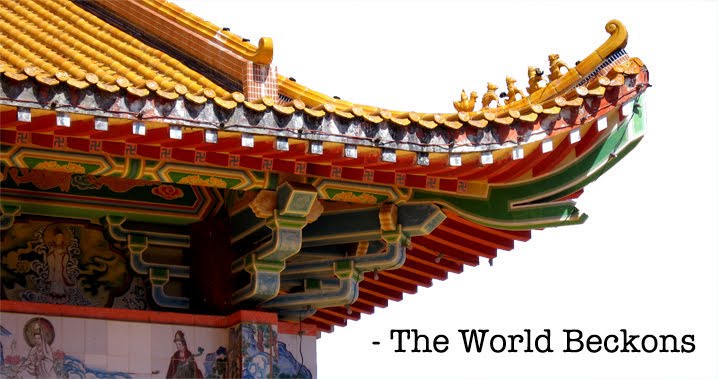 |
| St. Peter's Basilica, at the centre of the Papacy. |
One of the first galleries at the Vatican Museum is a long hallway lined by hundreds of stone and marble busts: the vacant eyes of various Emperors, Pontiffs and other dignitaries who were obviously not without ego. Several have been rebuilt, Frankenstein-style, from assorted unmatched pieces. At every corner, it seems heads pop(e) up like whack-a-mole.
To me, the most impressive galleries were the four rooms painted – floor to ceiling – by Raphael; the Egyptian artifacts, replete with various mummies and ornately decorated sarcophagi; the map room and the Sistine Chapel. Oh, the Sistine Chapel: larger than I expected, and not round as I had imagined.
I almost felt badly for the rooms that followed: it was as though their colours were somehow muted and awkwardly brushed; as though their antiquities were increasingly tarnished or more cracked. After the Sistine Chapel, they didn't stand a chance.
The Vatican Museum leaves little space uncovered by intricate tapestries, paintings by familiar masters or Ancient Greek and Roman artifacts – often of dubious provenance. It doesn't seem happy just showing you its beauty; it hits you over the head with it.
It's almost too much to take at times. By the end of a long day, I felt as though it was my head made of stone. Paradoxically, the experience is almost underwhelming because it is so overwhelming.
But the artifacts are as awe-inspiring as they are beautiful.
Even the busts.

No comments:
Post a Comment